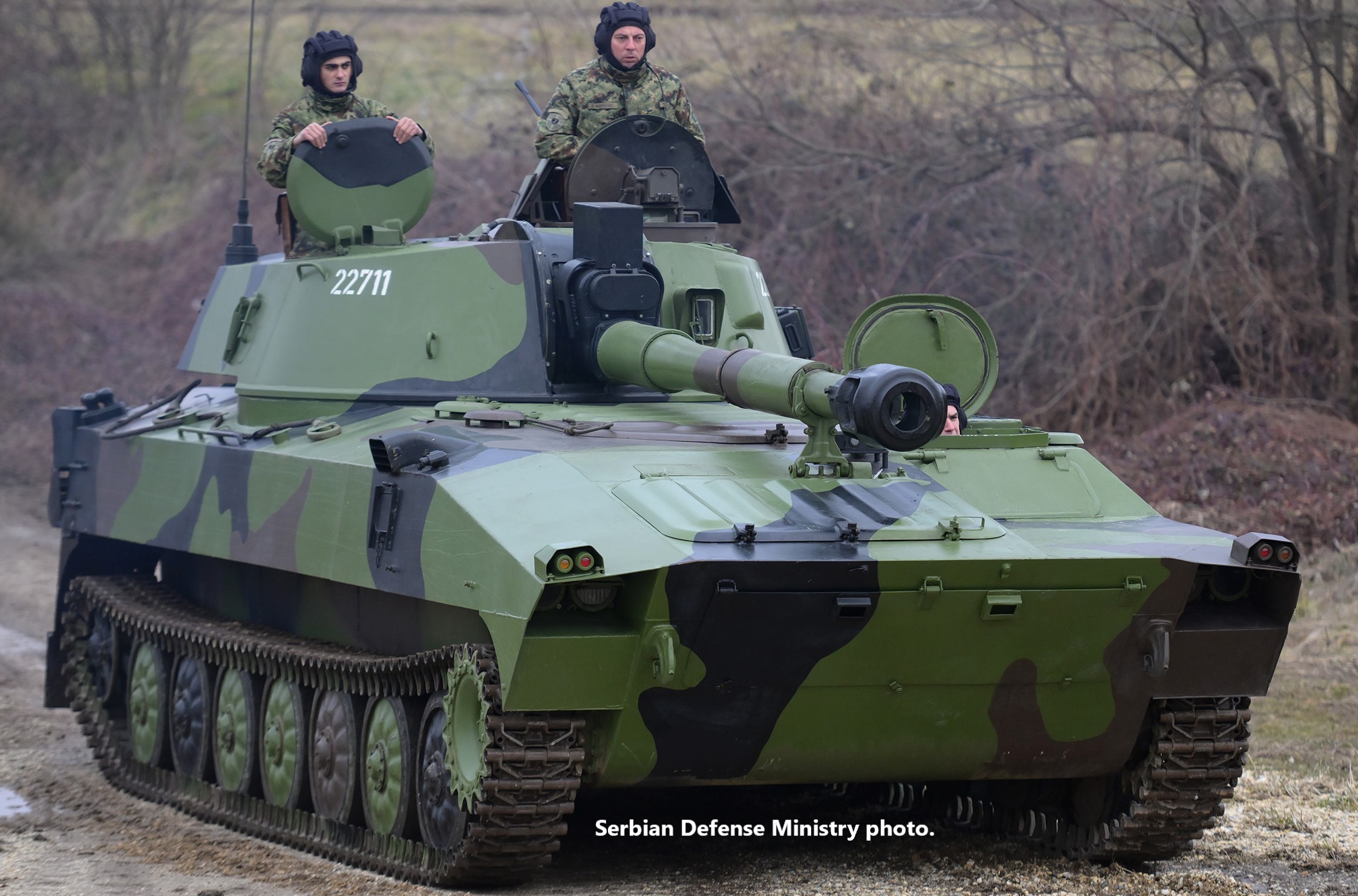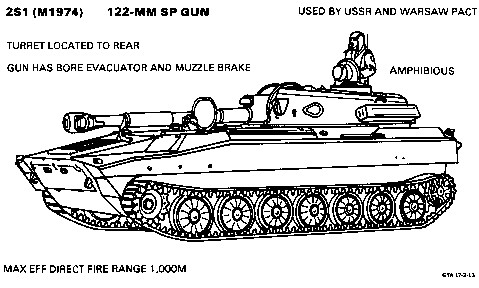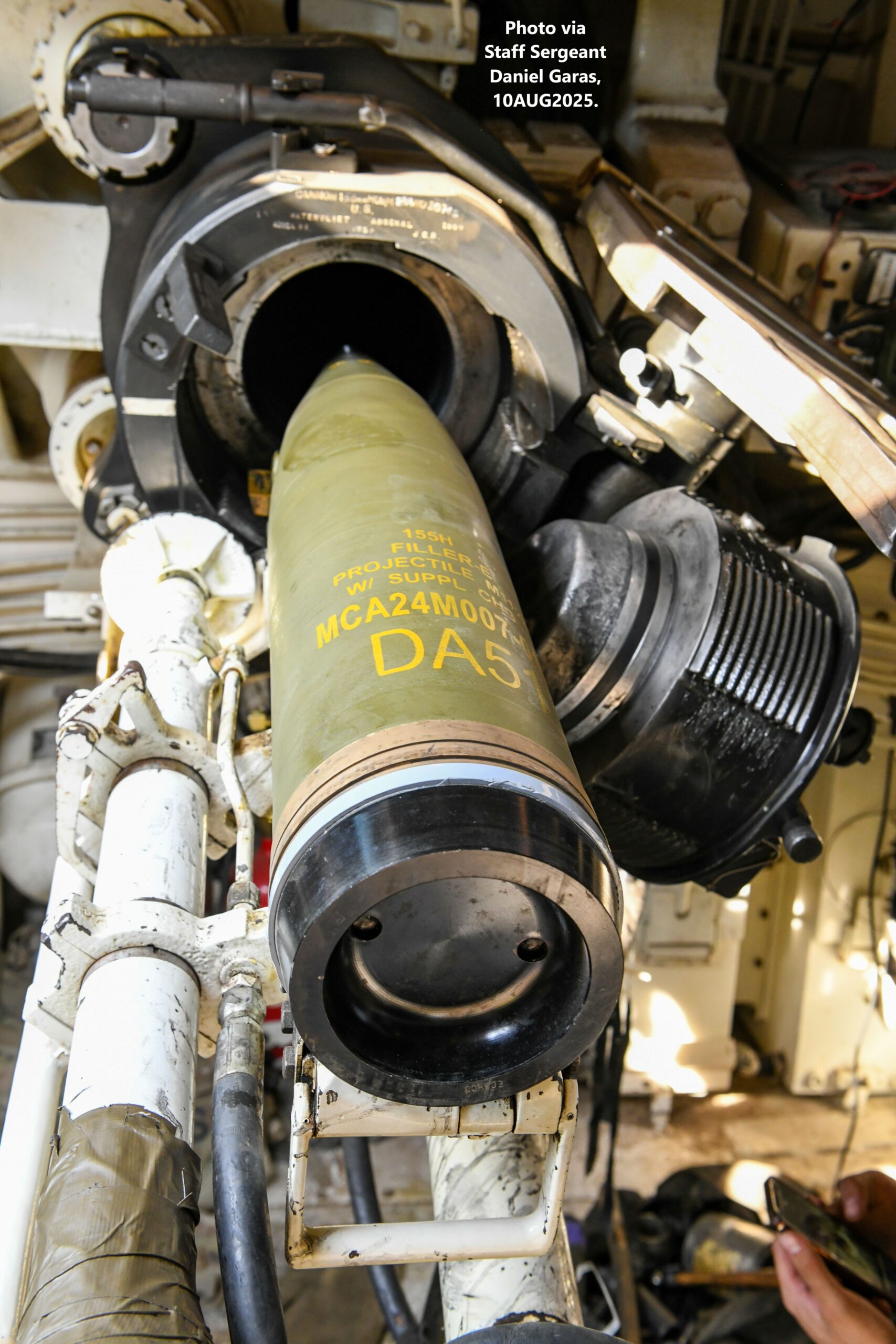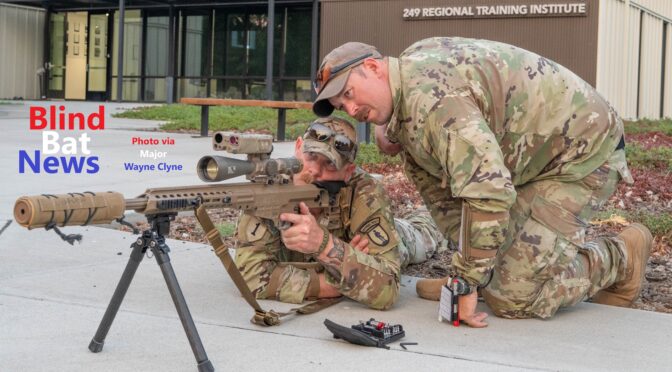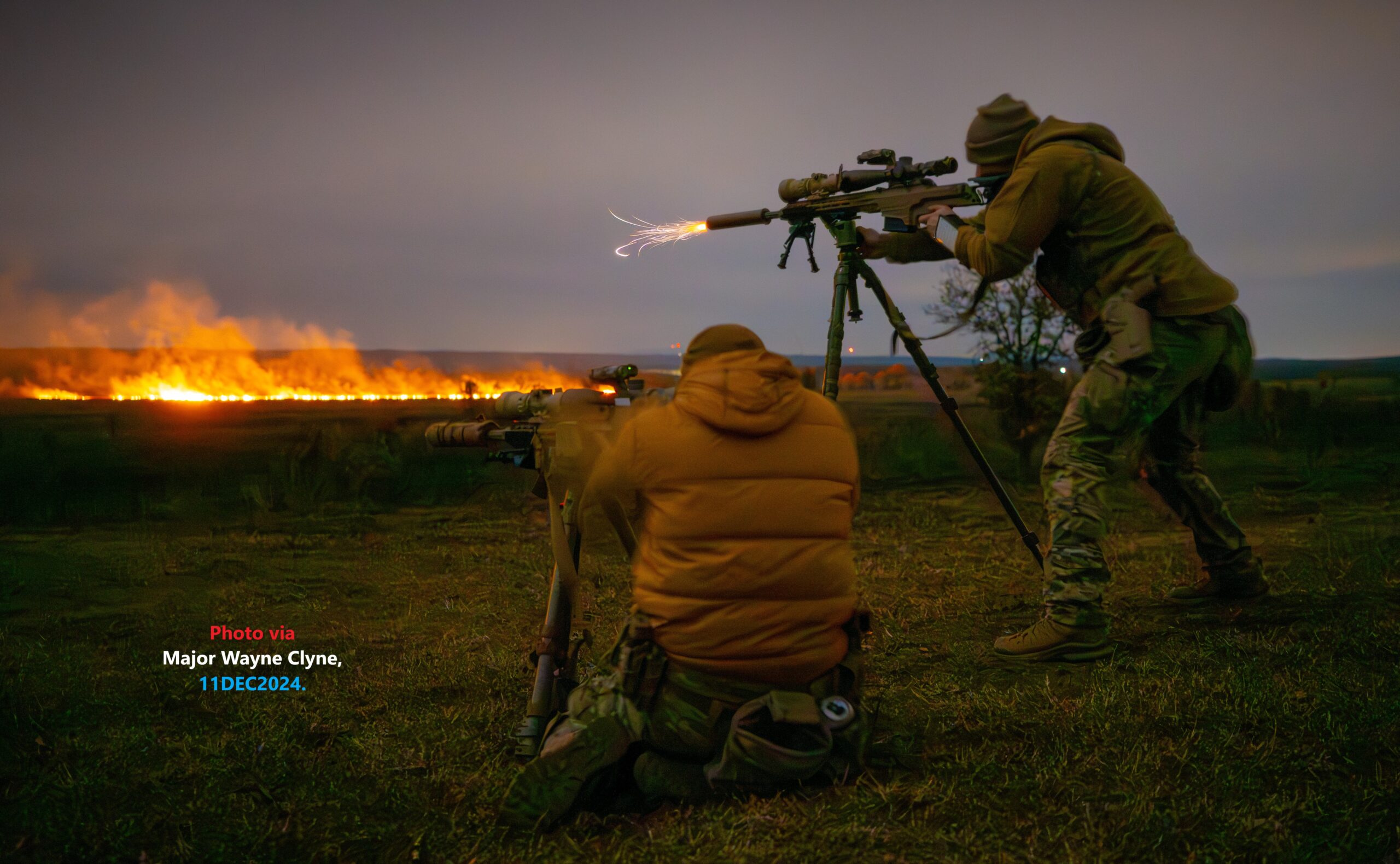
A member of the Iowa National Guard signs a GBU-31, target Syria, 18DEC2025, non-disclosed location in Southwest Asia.
U.S. and Jordanian forces launched large-scale strikes (using more than 1-hundred munitions) on more than 70 targets belonging to the so-called ‘Islamic State In Syria’. This in response to recent ISIS attacks upon so-called ‘War on Terror’ coalition forces.

Idaho based (Mountain Home AFB) ‘Bold Tigers’ F-15E Strike Eagle gets bombed-up for Syria, 18DEC2025, non-disclosed location.

AH-64 Apache bombed-up with Hellfire missiles, 19DEC2025, non-disclosed location.

A-10C Thunderbolt-2 ‘Toad’, 19DEC2025, non-disclosed location in Southwest Asia.
I edited together videos released by U.S. Central Command on 19DEC2025:
HiMARS = High Mobility Artillery Rocket System
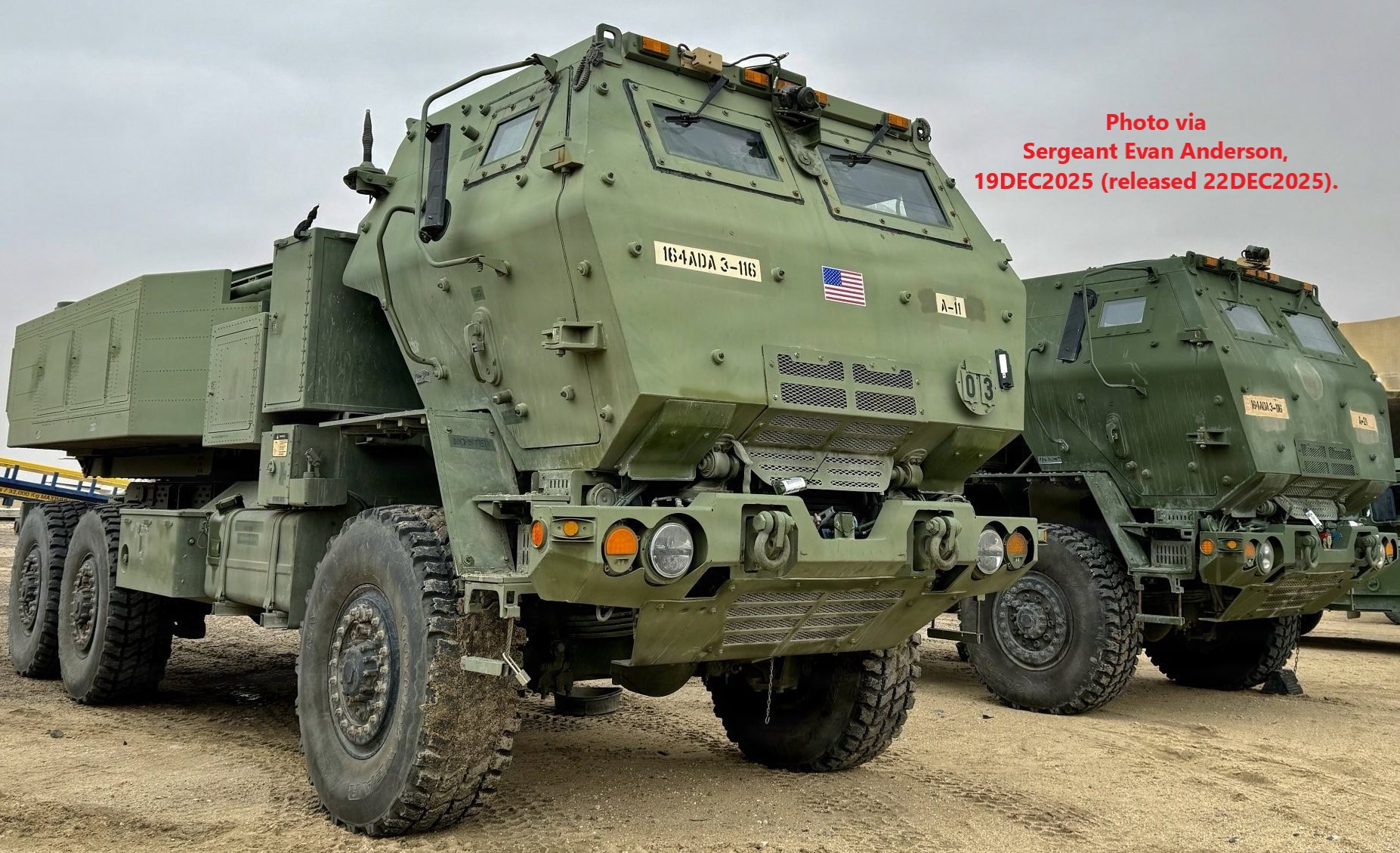
HiMARS belonging to Florida Army National Guard’s 164th Air Defense Artillery Brigade-3rd Battalion-116th Field Artillery Regiment, in a non-disclosed location in Southwest Asia.

Kansas Army National Guard’s 130th Field Artillery Brigade watches from a command center in a non-disclosed location in Southwest Asia.
HiMARS video released on 22DEC2025:
U.S. Department of State video from 23SEP2025, New York City, Secretary of State Marco A. Rubio meets with Syrian President, and former ISIS commander, Ahmed al-Sharaa:
Syrian Collapse: 
Gaza? Lebanon? Syria? It has always been about Iran!
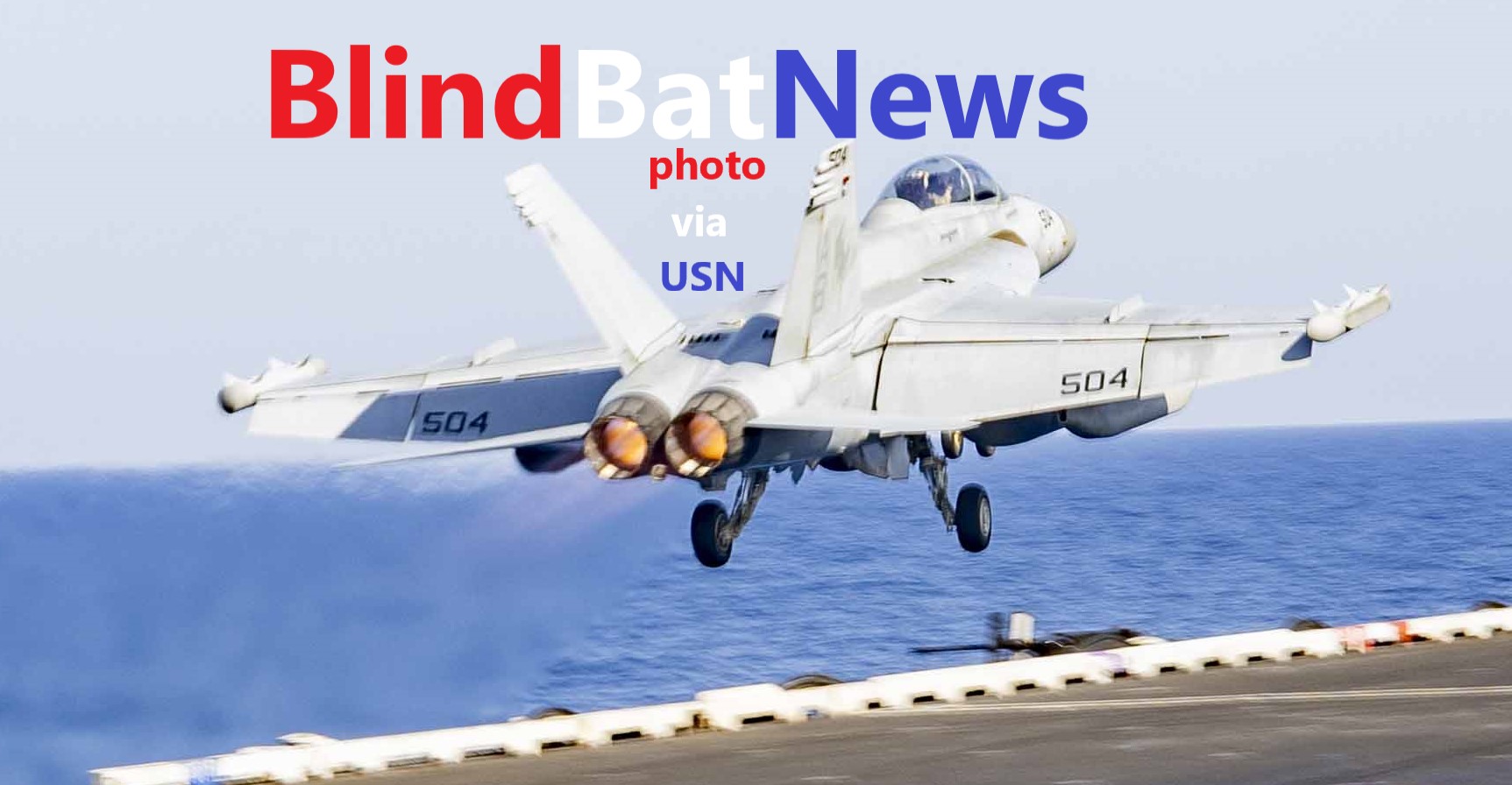
North Dakota B-52s and Idaho F-15Es over Syria, Truman strike group arrives!

U.S. Bradley IFVs on hi-alert after prisoner release!




